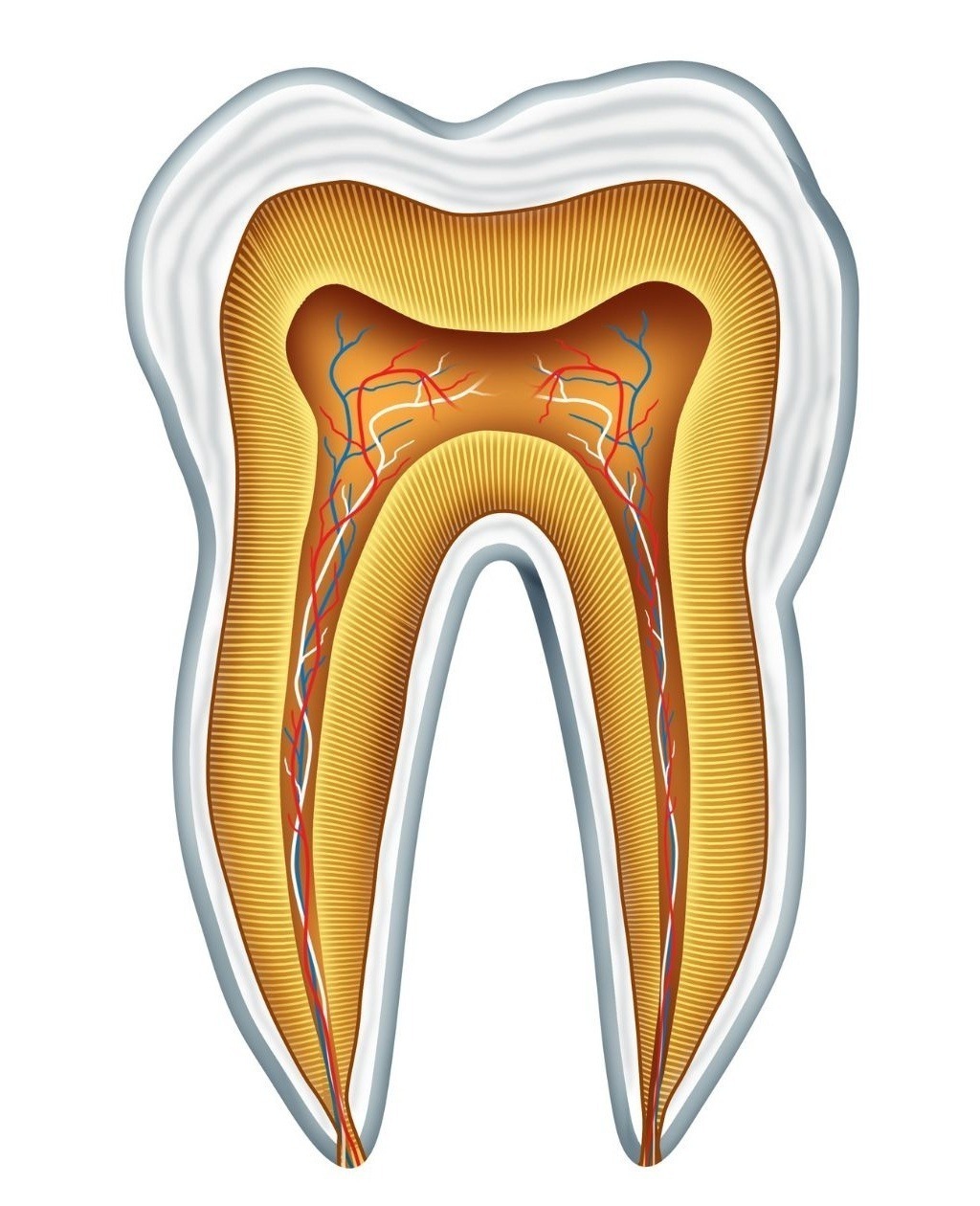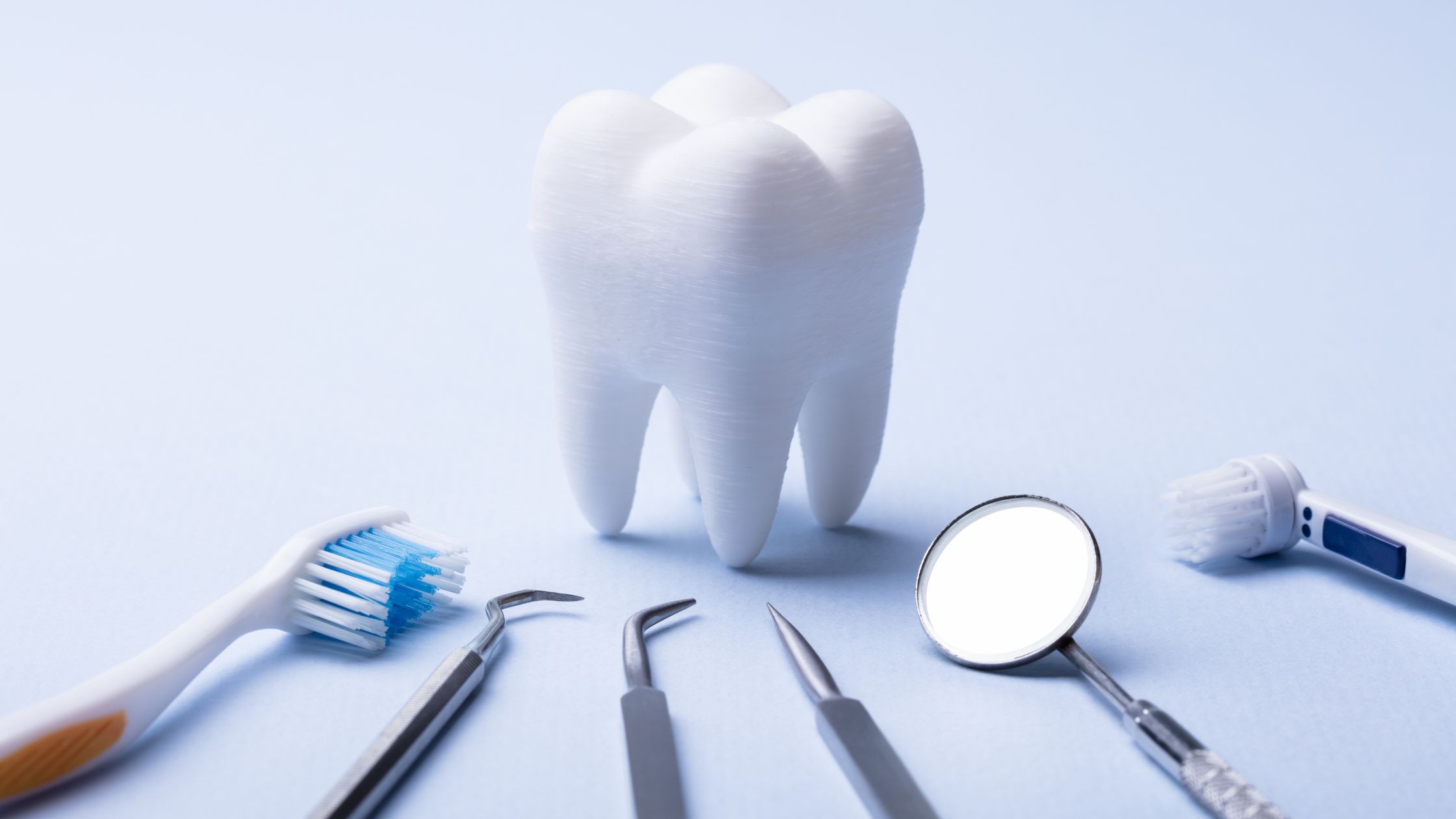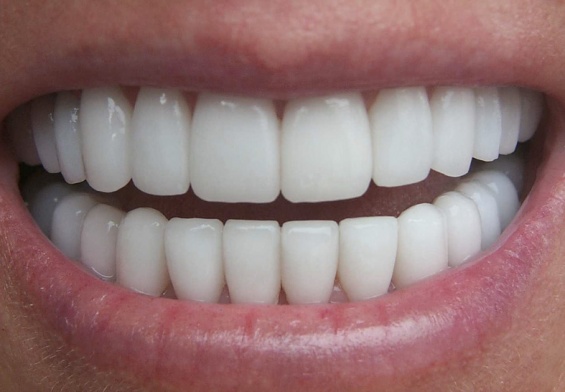From ancient times to modern dentistry, teeth have held a prominent place in human history and health. They are often the first thing noticed in a smile, influencing social interactions and self-confidence. Imagine using ground charcoal and lemon juice as toothpaste centuries ago, or discreetly dining before events to avoid denture mishaps in 1800s England!
Table of Contents
ToggleTeeth: A Vital Part of Life
Teeth, those small calcified structures in our mouths, play a crucial role in breaking down food for digestion. Did you know tooth development begins before birth? Typically, we have 20 primary (baby) teeth and between 28 to 32 permanent teeth, including the notorious wisdom teeth that may or may not fully erupt. The upper jaw (maxilla) houses 10 teeth, while the lower jaw (mandible) holds the other 10.
Understanding the Anatomy of Teeth
Each part of a tooth serves a distinct purpose. The crown, the top part visible above the gum line, varies in shape to suit its function—front teeth are sharp for cutting, while molars have flat surfaces for grinding—the root anchors the tooth firmly in the jawbone, comprising up to two-thirds of its structure.

Importance of Dental Care
Maintaining healthy teeth involves more than just brushing and flossing (though these are vital!). Proper oral hygiene prevents plaque and tartar buildup, which can lead to gingivitis and more severe gum diseases affecting tooth-supporting bones. Enamel, the outermost layer of teeth and the hardest tissue in the body protects against decay, but it’s susceptible to damage without proper care.
Facts and Figures
Interesting facts abound: enamel is harder than bone, and the pulp inside teeth contains nerves and blood vessels. Unfortunately, not everyone retains all their teeth into old age—only 40% of Americans keep them by age 65. This statistic underscores the importance of proactive dental care and regular visits to a trusted dental professional.
Looking Forward
Whether you cherish your natural teeth or opt for modern cosmetic dentistry, a confident smile is invaluable. As the saying goes, “The world smiles with you.” Choosing a reliable dental office ensures ongoing dental health and a lifetime of bright, healthy smiles.
Conclusion
Teeth are not just tools for chewing; they are symbols of health, confidence, and cultural practices spanning centuries. Understanding their anatomy, historical significance, and modern care practices empowers us to appreciate and care for these essential parts of our bodies.
Explore more about teeth, their history, and care to ensure your smile remains a beacon of health and happiness throughout life.




